2016: On this day, exactly 100 years ago, women in America could not vote. Women did not work jobs. There was the ideology of separate spheres that created a divide in gender roles and an expectation that the divide was not to be crossed. Move ahead to today in 2016. Around the world there are females in leadership positions such as presidents, ambassadors and representatives. This shows the evolution of women’s rights and equality, and almost universal women’s suffrage (looking at you, Vatican City). But around the world, women are still oppressed, and in some cases, the gender gap seems to be carved too deep to fix. From the good to the bad to the violent, here are seven countries and their policies and culture surrounding women’s rights:
1. Saudi Arabia
Saudi Arabia, located on a peninsula in the Middle East, is ranked 145th out of 152 on the Gender Inequality Index. Gender roles in the Saudi society come from the Sharia, which is the Islamic law (although there are many progressive Muslim countries that also embrace the Sharia).The Good
In 2011, King Abdullah declared that women would be able to vote in the 2015 elections. This is a huge step in improving equality in Saudi Arabian culture.
The Bad
Two of the conservative Islamic concepts that inhibit women’s rights are sex segregation and "lack of capacity;" this leaves them to be legally dependent on men. Because of this, women need permission from their male guardian to marry, travel, receive education and employment, open a bank account and receive medical care. Saudi Arabia is also the only country in the world where women still cannot drive. It is also illegal for women to be in the company of non-relative males without their male guardian. So rape victims are often charged for the rape crime.
2. Nepal
Located north of India, Nepal boasts the beauty vast mountain ranges and breathtaking views. Discrimination, however, is found at the core of the country. Nepalis face discrimination based on gender, ethnicity and caste. Violence against Nepali women is one of the most prevalent issues in the Nepal society, where laws against domestic abuse, sexual assault, rape and human trafficking often go unenforced.
The Good
Efforts are being made to increase education equality. Research shows that girls who are more educated are less likely to be married before the age of 14. Oh good.
The Bad
More than 700 million girls are married off before age 18, compared to the 156 boys married before age 18. Daughters who aren’t married off may be sold to traffickers before they reach their teens.
3. Argentina
Argentina is the country with the highest Human Development Index in Latin America, with a ranking of “very high” (scientific, I know).
The Good
Argentina is internationally recognized as a country that boasts a heavy participation of women in political, social and domestic fields. In fact, Argentina has had two female presidents: Isabel Martinez de Peron 1974–1976, and Christina Elisabet Fernandez de Kirchner 2007–2015. Also known as the first Latin American country to adopt quota laws for women’s participation in congress and is ranked 15th worldwide for female participation in national legislation. Female leadership, second largest economy in South America, high Human Development Index? Hmm.
The Bad
There is a lack of access to women’s reproductive rights and healthcare due to a lack of funding and exposure required to be effective.

4. Sierra Leone
Sierra Leone, located on the coast of West Africa, has a rich culture filled with tribal traditions. Human rights, however, have been historically deplorable, only seeing gradual improvements after the end of the civil war in 2002. Women are openly discriminated against in Sierra Leone legislature by being denied the access to equal education, medical care and employment. Although Sierra Leone has preserved tribal culture, some of these traditions lead to the oppression of women.
The Good
In 2007, there was a push to reform women’s rights with the adoption of the Domestic Violence Act, Devolution of Estates Act and Registration of Customary Marriage and Divorce Act, which all aim to strengthen women’s legal and financial positions. Despite these good intentions, these efforts have had little effect, however, because of the lack of resources and cooperation by the government.The Bad
Under their traditions, women cannot own land and are forced to undergo genital mutilation. Eighty-eight percent of Sierra Leone women have undergone some degree of genital mutilation, and 43 percent of women are forced into polygamous marriages.
5. Canada
Oh Canada, land of maple syrup, moose and women equality. Canada is a world leader in the promotion of gender equality and women's rights. Women’s rights are seen “not only a human rights issue, but also an essential component of sustainable development, social justice, peace and security.”
The Good
Canada is active in the United Nations and actively focuses on the promotion of the integration of women’s rights. There is also a push toward equal representation for women and men within the United Nations system.
The Bad
Amid the promotion of “look how equal we are,” there is a silent problem that is often overlooked by society — sex-selective abortions. Sex-selection abortions are a growing problem in Canada, where there is an increase in the gap between boy and girl infants. “There are no restrictions surrounding the release of information about the sex of a pre-born child. This, combined with the legal void which allows for abortion for any reason whatsoever has resulted in gender-discriminatory abortions.”
Canada is a reminder that although a country may look like the poster child for human rights, there are always blemishes beneath the surface.
6. India
The Good
Women’s rights in India are secured under the constitution of India, and as of 2011, the President of India, Speaker of Lok Sabaha (lower house of Parliament) and Leader of the Opposition in the Lok Sabaha were women.
Seems like India has women’s equality figured out, right? Despite these positive aspects of India, it is seen as the fourth most dangerous place in the world for women to live in.
The Bad
Rape is the most common crime committed against women in India, and they are often not reported to the police due to the social stigma attached to rape and molestation. Marital rape is not declared unlawful, and 94 percent of rape cases have been committed by husbands in abusive marriages. Women are forced to remain in these marriages, however, because of the common practice of acid throwing, which is a common form of revenge against women. Acid is cheap, easily accessible and effective in ruining a woman’s life if she dare refuse a man’s proposal or asks for a divorce.
7. Japan
The Good
Equal rights were given to women after World War II, and most women are college graduates.
The Bad
Japanese women experience a lack of economic equality. Although most women in Japan are college graduates, women have a hard time finding employers that will hire women. Women are often given part-time jobs as secretaries and are rarely expected to develop careers. Women typically earn 40 percent less than their male counterparts. This inequality is due to the traditional expectations of femininity and gender roles that run through the core of the Japanese culture. Japanese women are fully expected to stay at home and practice hospitality and support the family. There is also the traditional expectation that women should be silent in actions and conversation. Unless you’re the Japanese soccer team.
From third-world countries to the most successful countries, women around the world still suffer from inequality, oppression and violence. But the gender gap is slowly being filled and women continue to fight for equal treatment and equal rights. Thinking back 100 years, women have come a long way already.
What will the world look like in another 100 years?






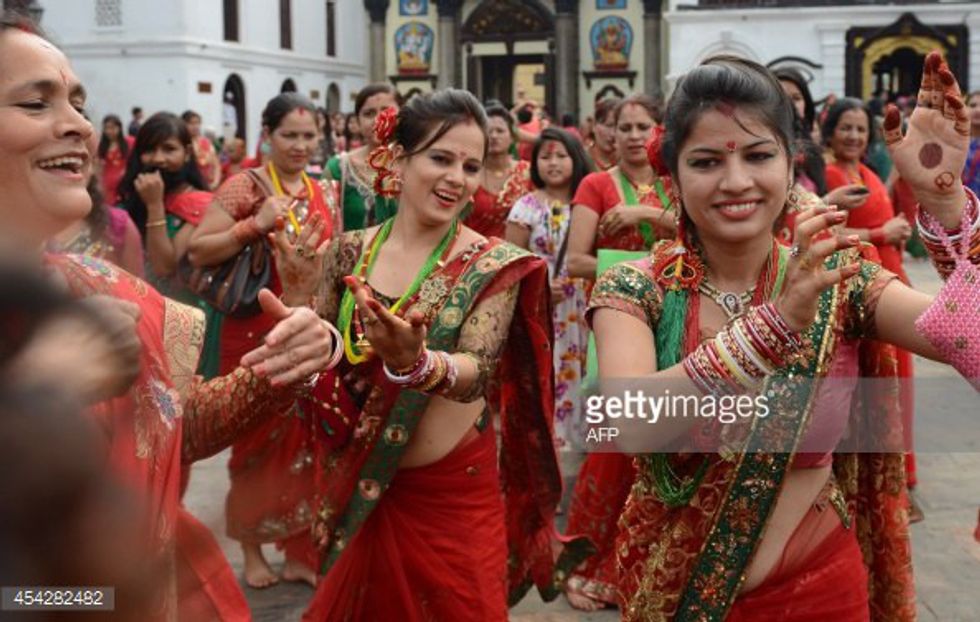
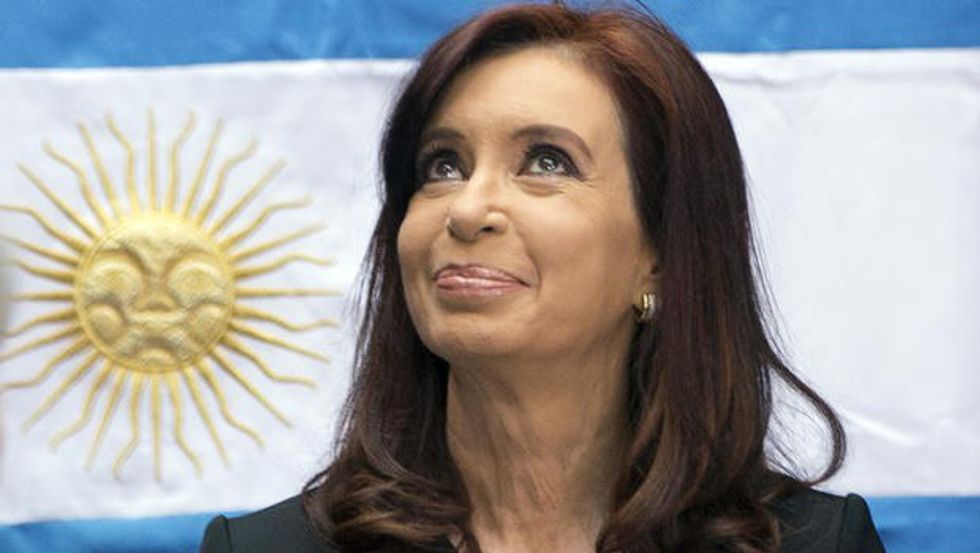

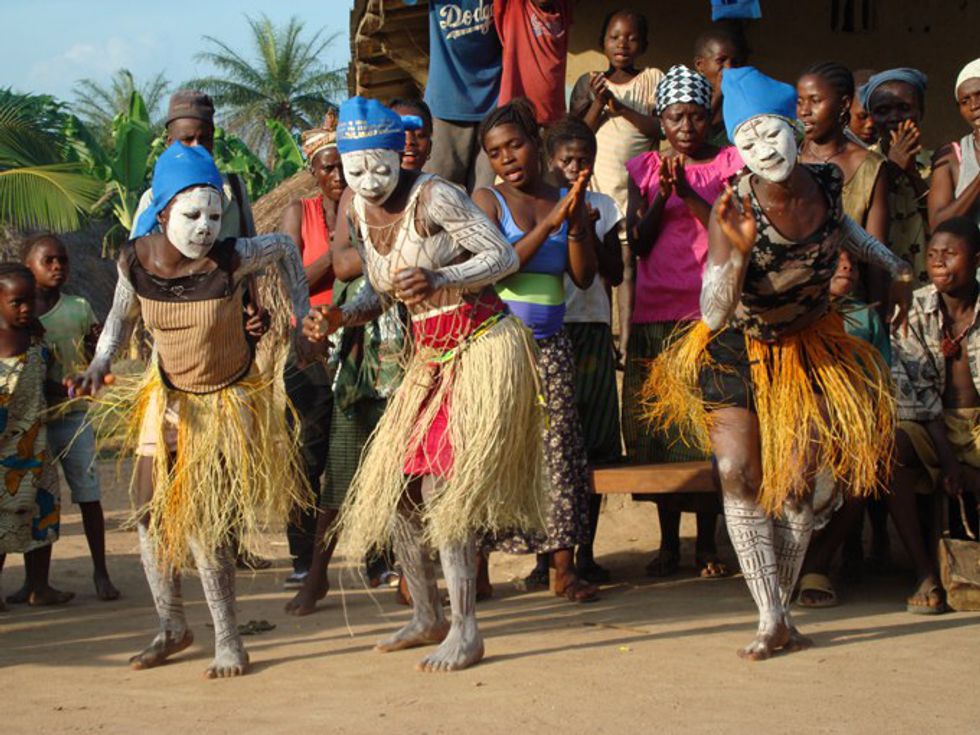
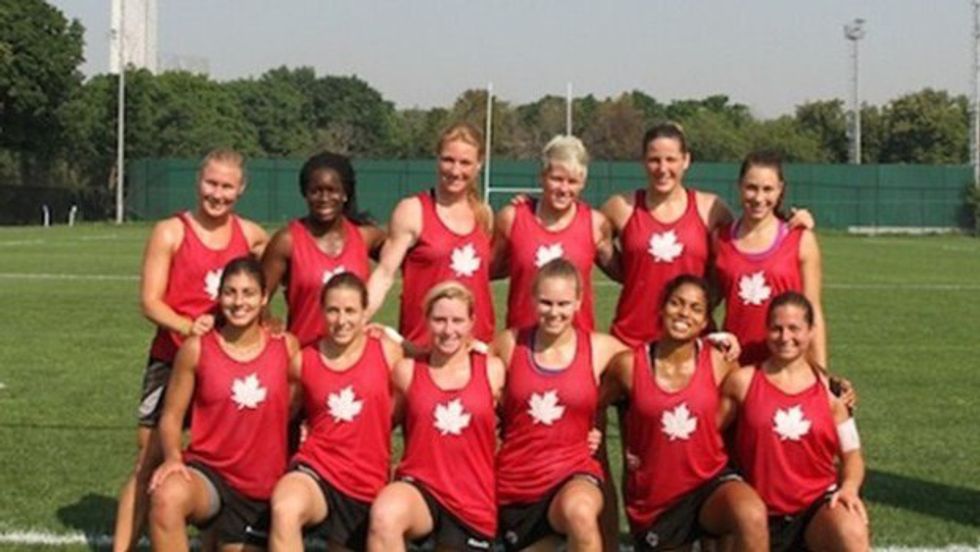

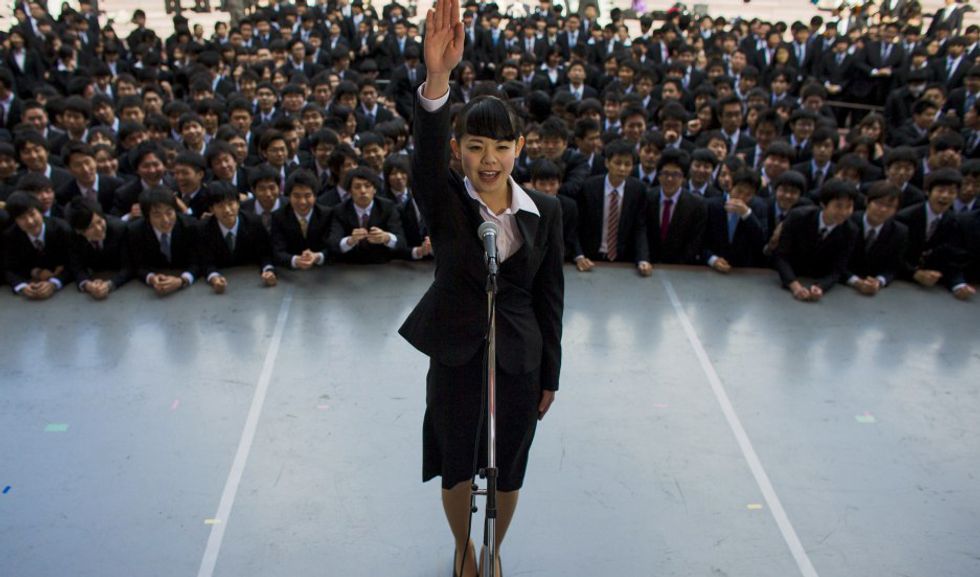




 The minimum wage is not a living wage.
StableDiffusion
The minimum wage is not a living wage.
StableDiffusion
 influential nations
StableDiffusion
influential nations
StableDiffusion












